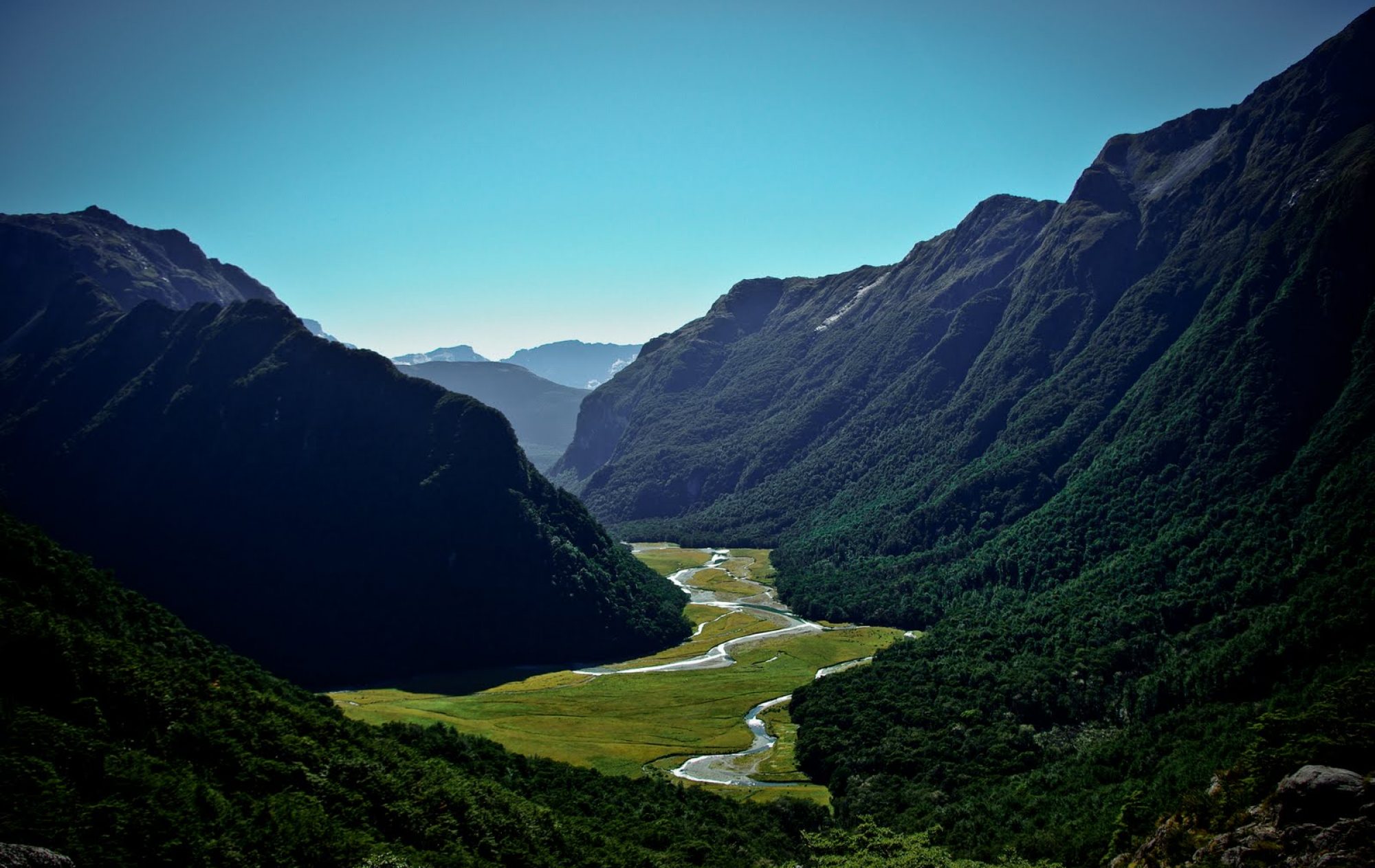I want to bridge gaps between different fields of ecology to build a more integrative ecological science that can (i) delineate the processes that rules biodiversity responses to environment changes at or across different spatial and temporal scales, (ii) generate empirically falsifiable predictions for biodiversity dynamics under global changes and (iii) provide guidances and better conceptual foundation for applied conservation biology.
I focus on ecoinformatic approaches to explore long-term and large spatial-scale patterns and processes. My aim is to understand how historical, anthropogenic and biotic processes can shape past and contemporary biodiversity dynamics. I currently focus on investigating disequilibrium dynamics in community responses to climate change.

GLOBAL CHANGE ECOLOGY
Global change is a unique opportunity to study a broad scale and ongoing changes in environment. It gives the chance to test hypothesis in theoretical ecology, and apply direct results in biodiversity conservation. While the impact of such changes on biological diversity is now well documented, disentangling the evolutionary, ecological and physiological processes involved remains challenging. My overall aim, as a researcher in ecology, is to understand the mechanisms of response induced by global change on biodiversity.

TOWARDS A NON-EQUILIBRIUM BIODIVERSITY THEORY
Ecological systems have momentum and exhibit temporally lagged dynamics. Much work in ecology assumes that biodiversiy (species, traits, communities, or entire ecosystems) are at equilibrium and are optimally matched to the observed environment. However, empirical evidence suggest that species and communities rarely follow equilibrium dynamics theory. This discrepancy between the conceptual foundation of many predictive models and observed community dynamics casts doubts on our ability to successfully predict future biodiversity dynamics. By developing conceptual/methodological frameworks to quantify different forms of non-equilibrium dynamics, and by taking advantage of datasets that extend across large spatial and temporal scales, i want to build on current efforts and recent advances in order to develop a non-equilibrium biodiversity theory. The first steps is to work on the unification of disequilibrium concepts accross fields of ecology science.

CONSERVATION BIOGEOGRAPHY
My first love with ecology was the conservation of biodiversity and the protection of natural environments. Before heading to the scientific research, I achieved a master’s degree in management of biodiversity and sustainable development. I’am interested in how scientific, social, political and natural interactions can be arranged to protect biodiversity at best. Within my research work, I try to strengthen the connections between theoretical ecology/evolution, applied ecology and conservation of biodiversity. I think that biodiversity assessments are more relevant when they are deeply based on theoretical predictions expected from ecological theory. My work relies on using such indicators with large scale datasets, what provides a powerful framework to test theoretical assumptions on natural systems. Therefore, carrying out such studies based on large data sets and grounded in ecological theory represents a win-win situation for basic and applied research.

SIMILARITY RATHER THAN DIVERSITY :
RETHINKING MACROECOLOGY FROM BIOTIC HOMOGENIZATION
Macroecology and conservation biogeography have mainly investigated the concept of diversity through species richness (alpha diversity). The concept of similarity (beta diversity) has also been studied, but we are still lacking of empirical evidences to assess the forcing and process driving its spatial and temporal dynamics. While species richness has been shown decrease or increase depending on the spatial scale considered, betadiversity is decreasing at almost all spatial scales globally. This so-called biotic homogenization therefore appears as one of the most important consequences of global changes on biodiversity. However, little is known about its scale dependency, the susceptibility of different taxa or its predominant drivers. In the context of biotic homogenization driven by complex and under-studied factors, I want to investigate large-scale changes and the nature of temporal dynamics of taxonomic and functional betadiversity.

MISSING BIOLOGICAL DIVERSITY: UNDERSTANDING ABSENT SPECIES IN COMMUNITIES VIA FUNCTIONAL HOLES
